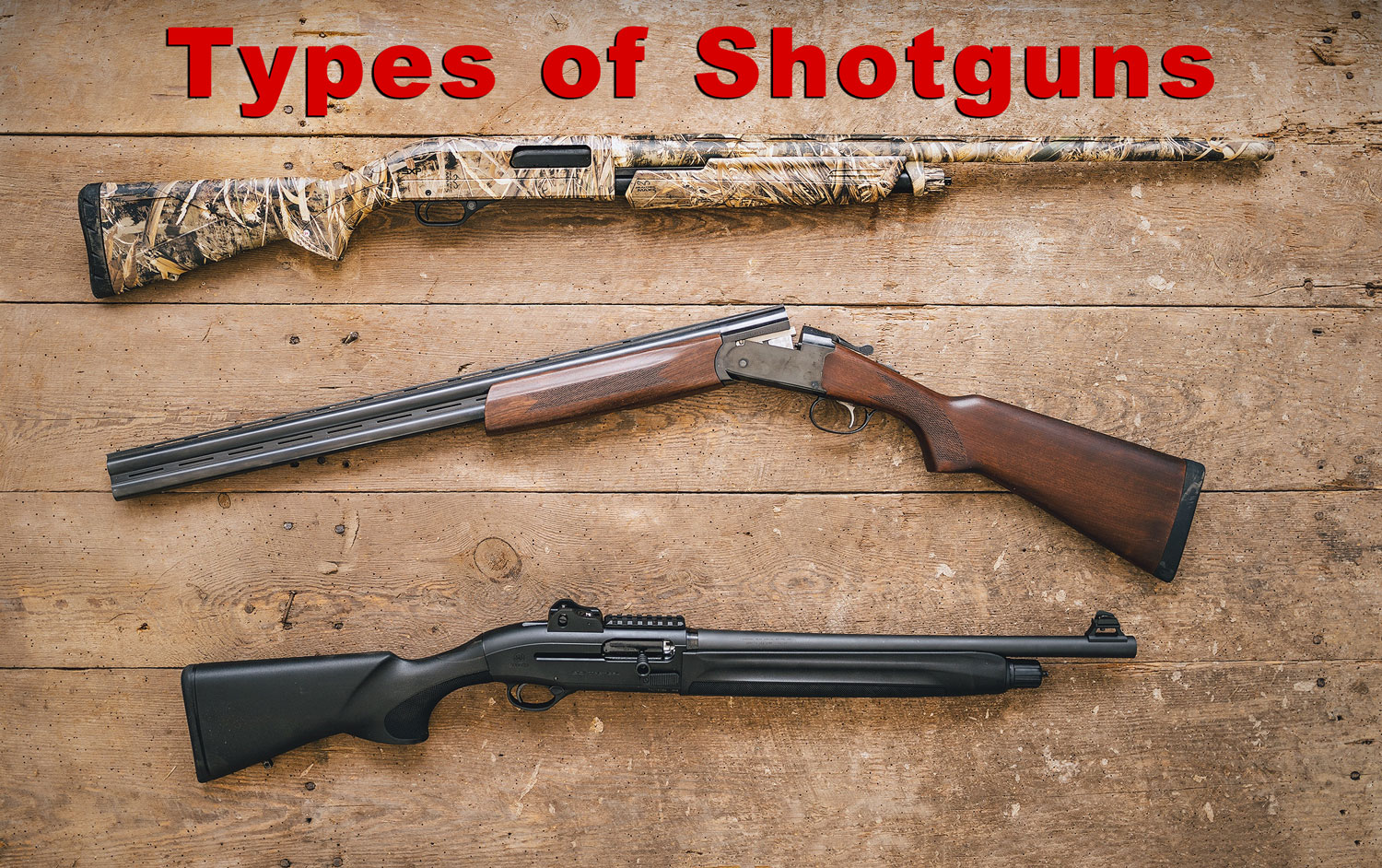

s.12(6.1): handguns with a barrel length of 105 mm or less or that discharge.s.12(5): firearms prohibited by former prohibition order No. 13.s.12(4): firearms prohibited by former prohibition order No. 12.Firearms prescribed to be prohibited firearms in the RegulationsĪ Possession and Acquisition Licence (PAL) allows you to acquire prohibited firearms only in the same categories as the ones currently registered to you, and only if the firearms you wish to acquire were registered in Canada prior to the specific dates set out in the Firearms Act.Īs a general rule, a PAL will indicate what categories of prohibited firearms the licence holder is licensed to acquire by showing the section of the Firearms Act that grandfathers them, as follows:.Automatic firearms, whether or not altered to discharge only one projectile with one pressure of the trigger.660 mm or greater in length and has a barrel less than 457 mm in length.Firearms adapted from a rifle or shotgun, whether by sawing, cutting or any other alteration, and that, as so adapted are:.This does not include handguns for use in international sporting competitions governed by the rules of the International Shooting Union and where the handgun is prescribed to be restricted.Handguns designed or adapted to discharge a 25 or 32 calibre cartridge.Handguns with barrels equal to or less than 105 mm in length.
#ALL TYPES OF GUNS LIST REGISTRATION#
If you lend a prohibited firearm, you must lend the registration certificate as well. Depending on which purpose is claimed, there are specific criteria that must be met. A relic firearm is one that is of value as a curiosity or rarity, or that is valued as a memento, remembrance, or souvenir. The next owner can acquire the firearm only for one of the purposes above. However, you cannot pass that designation on to the next owner. If you have a firearm registered to you as a "relic" under the former legislation, you may continue to possess it for that purpose. In limited circumstances, an individual may be authorized to possess or acquire a restricted firearm for employment purposes or for protection of life. comply with regulations dealing with safe storage, record-keeping and other matters related to restricted firearmsĮmployment purposes and protection of life.consent to occasional inspections of the place where your collection is stored.know the historical, technical or scientific features of such firearms in your collection.To be authorized to have restricted firearms as part of a collection, you may be asked to: : To be authorized to have restricted firearms for target shooting purposes, you must provide proof that you practice or compete at an approved shooting club or range.įor more information about approved shooting clubs and ranges, contact the appropriate provincial or territorial Chief Firearms Officer by calling the Canadian Firearms Program (CFP) at 1-80. in limited circumstances, use in connection with one's lawful profession or occupation, or to protect life.target practice or target shooting competitions.There are a few purposes for which you may be licensed to acquire or possess a restricted firearm: Firearms of any other kind prescribed to be restricted firearms in the Regulations.Firearms designed or adapted to be fired when reduced to a length of less than 660 mm by folding, telescoping or otherwise.are capable of discharging centre-fire ammunition in a semi-automatic manner.have a barrel less than 470 mm in length.Handguns that are not prohibited firearms.Most common long guns are non-restricted, but there are exceptions.

This class includes any rifle or shotgun that is neither restricted nor prohibited.

#ALL TYPES OF GUNS LIST CODE#
Section 2 of the Criminal Code defines a "firearm" as a barrelled weapon that discharges projectiles capable of causing bodily harm or death, or anything that can be adapted as a firearm.


 0 kommentar(er)
0 kommentar(er)
